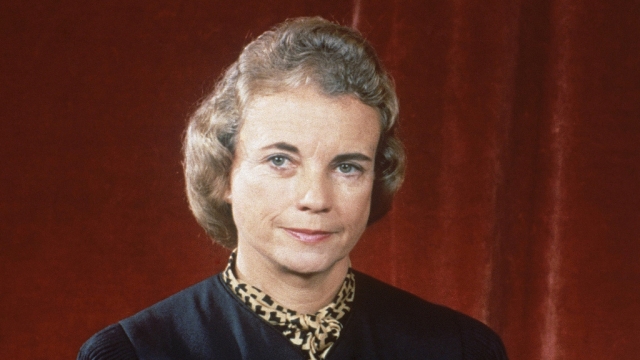From Henry Kissinger to Rosalynn Carter, the United States has lost many consequential — and at times controversial — figures in recent weeks. But this week, the country pauses to remember another icon: Supreme Court Justice Sandra Day O'Connor.
The late justice made history even before she issued her first opinion, becoming the first woman to ever sit on the highest court in the land. And while she was appointed by Republican President Ronald Reagan, O'Connor was anything but a guaranteed conservative vote during her nearly 25 years on the bench.

From 1981 to 2006, 360 cases were decided 5-4 in which O'Connor cast the deciding vote. She also wrote the majority opinion more than 100 times.
Some of her landmark votes include preserving affirmative action in 2003, preserving many abortion protections in 1992, and confirming George W. Bush as president in 2000 after a close and contested election. While O'Connor's rulings on abortion and affirmative action have since been overturned by the current Supreme Court, some have called her the most consequential woman in the history of American politics.

With that as a backdrop, ceremonies for O'Connor are taking place Monday at the Supreme Court, where the public is invited to pay their respects. A funeral will then take place Tuesday at the national cathedral — a place O'Connor regularly worshipped during her time in Washington and a place typically reserved for the funerals of the country's most influential people.
Trending stories at Scrippsnews.com



